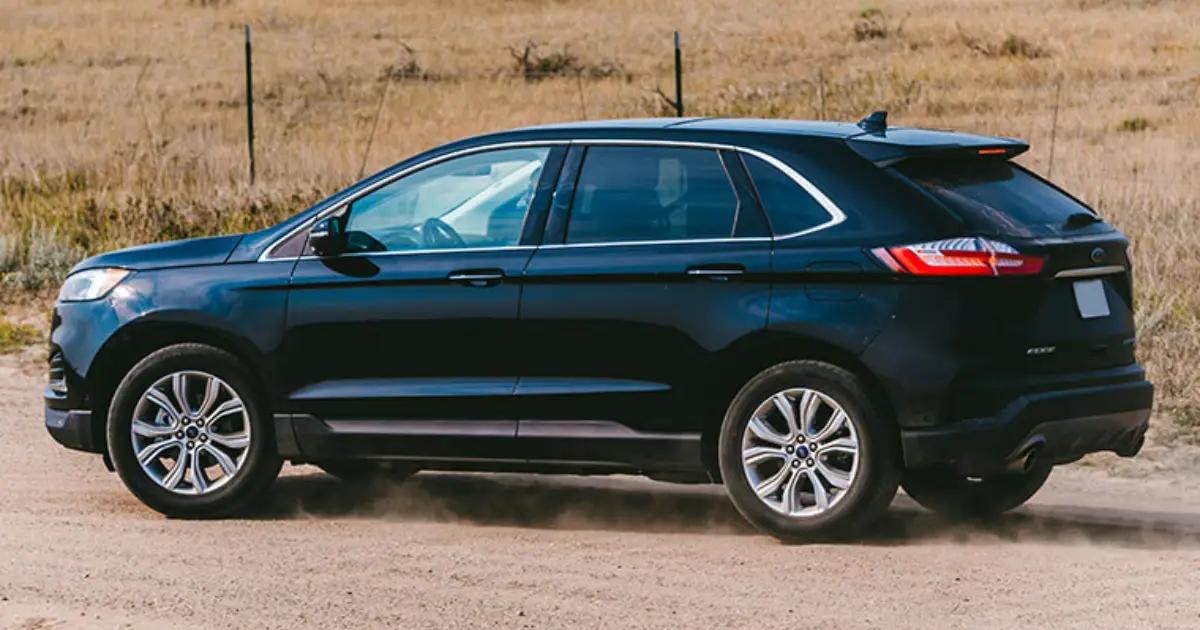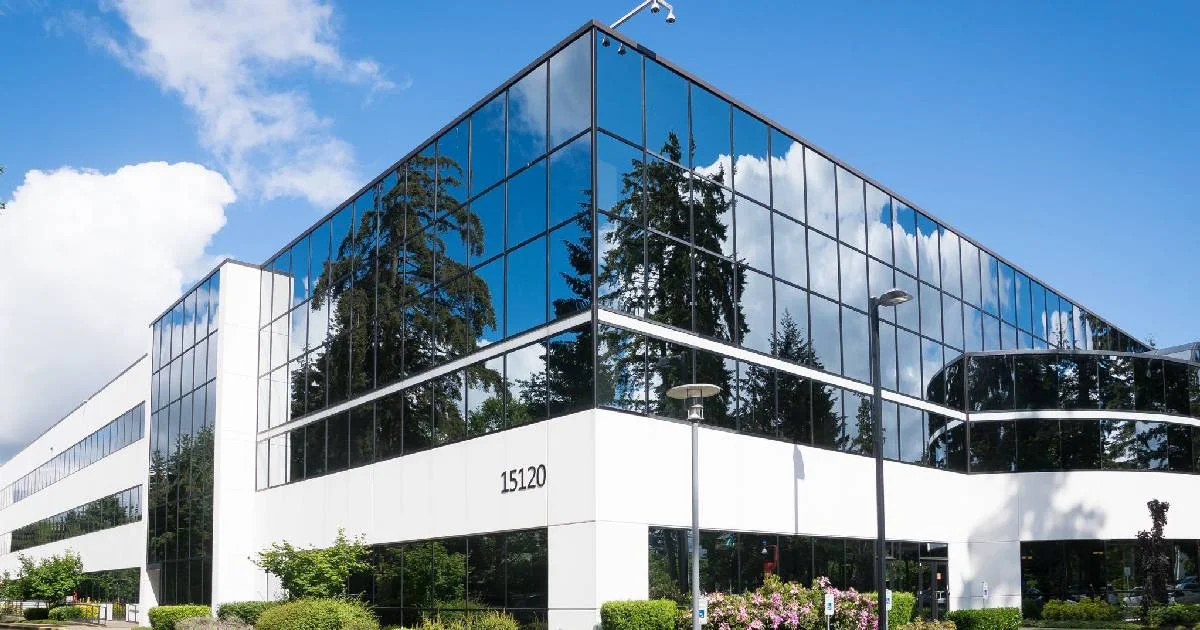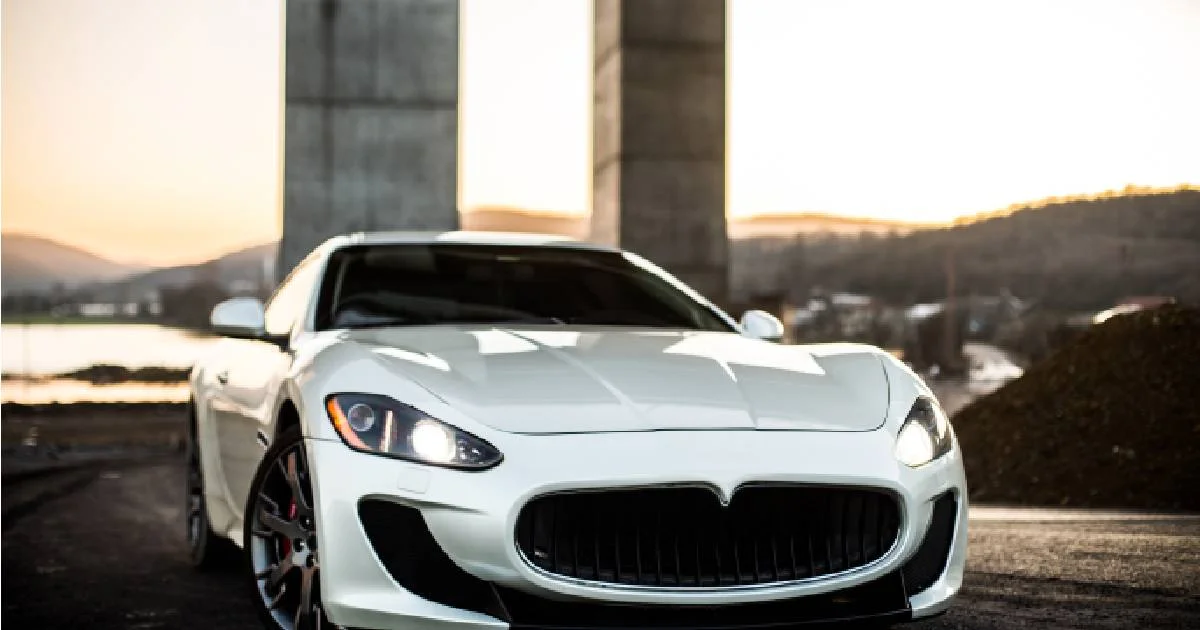
Stay Cool on the Road: How the Right Window Tinting Can Beat the Summer Heat
08 May 2024, By AdminWhether it is your first car or a second buy, a car is always a prized possession. Becoming a proud owner of a sophisticated vehicle is nothing less than an achievement. The story does not end here! If you are a car enthusiast, you will probably love to make some modifications to enhance its aesthetics and value.
Have you ever considered tinting your car windows? If not, this summer is absolutely the perfect time to get it done! Car window tinting is not only about making your car look classy and sophisticated, but it does have potential benefits.
Auto window tinting is becoming predominantly popular this season, and we have listed all the reasons, making it a worthy investment. Let’s check them out.
Auto Window Tinting: The Perfect Score!
Let’s face it; every car does not come from the showroom with tinted windows. Lucky those who already have it! Others have to live with the glaring sun on their face or get a customized service for tinted windows.
Now, why do we suggest you tint your car windows?
Glare Reduction- The most obvious reason to install a black or grey film on the windows is to reduce glare and enable a better of the road and the surroundings. Too much light makes you squint. As a result, you become prone to road accidents. So, whether it is the bright sunlight or the reflection from another vehicle, a tinted window curtails glare.
Block UV Rays- Driving on a hot sunny day means abundant exposure to UV rays. Despite applying sunscreens and sunblock creams, you still are exposed to the sun rays. What should you do? Tint the car windows and enjoy a more comfortable and safer drive! The tint films block UV rays, protecting you from their harmful effects.
Reduces Heat- Car tinting Tauranga is one of the best ways to keep off the heat while you are on the road! Your car’s interior feels cooler and more comfortable. Whether you have to park your car outside in the sun or have a long travel ahead, the interior of the car stays bracing.
Eliminate Health Risks - Often, prolonged driving in a very hot environment increases the risk of several health problems. Migraines, palpitation, and sun tanning are prevalent problems related to high temperatures. Sometimes, you may feel fatigued and exasperated when you have to deal with an uncomfortable surrounding.
Promote Energy Efficiency - What happens when you have a cooler temperature inside the car? The use of the air conditioning system becomes less. As a result, fuel consumption also decreases. It implies that you can save on your pockets! Isn’t it awesome?
Enhanced Protection - Driving a car means you are always susceptible to risks. In such an instance, if there is any physical impact on your car, even if the windows shatter, the glass pieces won’t fall apart. They will stick to the tint film. It saves the occupants inside from injuries.
Safeguard Upholstery - The cost to tint car windows is much less than your car upholstery! We mean that most tears and fading of the car upholstery happen due to excessive exposure to sunlight. Consider the seat covers or the synthetic seat belts, you will notice fading or tears at some point. You can considerably delay the process by tinting the windows and minimizing heat and light exposure.
Better Privacy - Undeniably, tinted windows provide better privacy than clear windows. Though you will be able to see the surroundings clearly, the ones outside will not get a transparent view of the interiors. Therefore, VIPs generally travel in cars with tinted windows.
Increased Comfort - When you have a cooler and more secure environment, naturally it boosts comfort. The heat does not burn your skin, the light stops glaring, and the ambience feels privatized- all of these contribute to enhanced comfort.
Boosted Aesthetics - Finally, how can anyone miss spotting a car with black windows? It looks highly sophisticated and classy. Anyone will turn their head to look at the car! So, elegance and class personified!
Key Takeaways
The benefit of car window tinting is enormous! From increased safety to enhanced aesthetic appeal, you have so many factors to count on! If window tinting was never on your list, we think now is the time you think over it and give it a try. The result will be marvellous!

Protecting Your Car's Interior with Window Tinting: Tauranga's Climate Considerations
08 May 2024, By AdminWhen it comes to protecting your car's interior, investing in window tinting is an excellent choice. Not only does it enhance your vehicle's appearance, but it also provides numerous benefits, especially in a city like Tauranga, where the climate can be intense. In this article, we will explore the advantages of car window tinting and discuss why it's crucial to consider Tauranga's climate when choosing the right tint for your car.
1. Preserving Your Car's Interior
Tauranga's climate, known for its sunny and hot summers, can take a toll on your car's interior. The constant exposure to harsh UV rays can cause fading, cracking, and discoloration of your car's upholstery, dashboard, and other interior components. Car window tinting acts as a protective shield, blocking up to 99% of harmful UV rays, thereby preserving the integrity and aesthetics of your vehicle's interior.
2. Heat Reduction
During Tauranga's scorching summers, the inside of your car can become unbearably hot, making it uncomfortable for both you and your passengers. Window tinting helps in minimizing heat build-up by blocking a significant amount of solar energy. By reducing the amount of heat that enters your vehicle, window tinting keeps the interior cooler, making your driving experience much more pleasant.
3. Glare Reduction and Enhanced Visibility
Glare from the sun can be a major distraction while driving, increasing the risk of accidents. Car window tinting reduces glare by effectively filtering the amount of light entering your vehicle. With reduced glare, you'll experience enhanced visibility, especially during sunrise, sunset, and bright sunny days, allowing you to focus better on the road and ensure a safer driving experience.
4. Privacy and Security
Window tinting adds an extra layer of privacy and security to your vehicle. It prevents prying eyes from easily seeing the contents of your car, reducing the chances of theft or break-ins. Additionally, if your window is ever shattered, the tint film helps hold the glass together, minimizing the risk of shattered glass shards inside the vehicle.
5. Protecting Your Health
The harmful UV rays that penetrate through windows not only damage your car's interior but can also pose health risks to you and your passengers. Prolonged exposure to UV rays can lead to skin damage, premature aging, and even an increased risk of skin cancer. Car window tinting acts as a sunscreen for your vehicle, protecting you and your loved ones from these harmful rays, and ensuring a safer and healthier driving environment.
Car window tinting is an essential investment for any vehicle owner in Tauranga, given the city's climate and the potential hazards it presents. By opting for window tinting, you can protect your car's interior from fading, cracking, and discoloration, while also enjoying the benefits of reduced heat, glare, increased privacy, and enhanced security. Moreover, the added protection against harmful UV rays ensures a safer and healthier driving experience for you and your passengers.
When considering car window tinting, it's crucial to consult a professional tinting service that can provide guidance based on Tauranga's climate and local regulations. Dr. Tint & Wrap is locally owned and specializes in car window tinting, offering top-quality services in Tauranga. Their expert tinting solutions effectively protect your car's interior while providing the best window tinting options available. By choosing the right tint and having it professionally installed, you can enjoy all the advantages while complying with the laws. Invest in car window tinting today with Dr. Tint & Wrap and safeguard your vehicle's interior, comfort, and overall driving experience in Tauranga's challenging climate.

Why Tint Your Office Windows In Rotorua ?
08 May 2024, By AdminIntroduction
The design and functionality of office spaces play a crucial role in fostering a productive and comfortable work environment. In recent years, businesses have been exploring various strategies to optimize their office spaces, and one such innovative solution gaining popularity is office window tinting. While often associated with cars, window tinting has proven to be a valuable investment for commercial spaces as well. In this blog post, we'll delve into the reasons why more businesses are opting for office window tinting to enhance their workspaces.
- Energy Efficiency: One of the primary reasons companies choose office window tinting is its ability to improve energy efficiency. Tinted windows act as a barrier against the sun's heat, reducing the need for excessive air conditioning during hot summer months. This not only leads to lower energy bills but also contributes to a more sustainable and environmentally friendly workspace.
- Glare Reduction: Glare from the sun or reflective surfaces can be a major distraction for employees working on computers or engaging in tasks that require concentration. Office window tinting helps minimize glare, creating a more comfortable and visually conducive environment for work. Employees can focus better on their tasks without the discomfort caused by excessive brightness.
- UV Protection: Prolonged exposure to ultraviolet (UV) rays can be harmful to both employees and office furnishings. Office window tinting provides an effective shield against UV rays, reducing the risk of skin damage and preventing the fading of furniture, carpets, and other interior elements. This not only enhances the longevity of office assets but also contributes to the well-being of the workforce.
- Privacy Enhancement: Privacy is a critical consideration in office design. Tinted windows offer a level of privacy by obstructing the view from the outside without compromising natural light. This is especially beneficial for offices located in high-traffic areas or buildings with close proximity to other businesses. Employees can enjoy an open and bright workspace without sacrificing confidentiality.
- Aesthetic Appeal: Window tinting is available in various shades and styles, allowing businesses to customize the appearance of their office spaces. The sleek and modern look of tinted windows can contribute to the overall aesthetic appeal of the workplace, creating a professional and polished image for clients and visitors.
- Employee Comfort and Productivity: Comfortable employees are generally more productive. By regulating temperature, reducing glare, and providing a visually pleasing environment, office window tinting contributes to the overall comfort of the workspace. This, in turn, can positively impact employee morale and productivity.
How does office window tinting contribute to energy efficiency?
By blocking a portion of the sun's rays, office window tinting helps maintain a more consistent indoor temperature. This reduces the need for excessive use of heating and cooling systems, resulting in lower energy consumption and cost savings for the business.
Is office window tinting suitable for all types of windows?
Yes, office window tinting can be applied to various types of windows, including single-pane and double-pane glass. It is essential to choose the appropriate tinting film based on the specific needs and characteristics of the windows.
Can window tinting impact the view from inside the office?
Quality window tinting is designed to maintain the clarity of the view from inside the office while reducing glare and blocking harmful UV rays. Businesses can choose from a variety of tinting options, including those with minimal impact on visible light transmission.
How does office window tinting contribute to energy efficiency?
A: By blocking a portion of the sun's rays, office window tinting helps maintain a more consistent indoor temperature. This reduces the need for excessive use of heating and cooling systems, resulting in lower energy consumption and cost savings for the business.
Conclusion
Investing in office window tinting is a strategic decision that goes beyond simple aesthetics. It addresses key factors such as glare reduction, temperature regulation, UV protection, privacy, and energy efficiency. By creating a more comfortable and productive work environment, businesses can enhance the well-being of their employees and contribute to long-term cost savings. As the trend towards optimizing office spaces continues, office window tinting emerges as a practical and multifaceted solution for modern workplaces.

How to Find the Best Car Window Tinting Service in Hamilton
08 May 2024, By AdminIntroduction
Car window tinting not only enhances the aesthetics of your vehicle but also provides numerous benefits such as UV protection, heat reduction, and increased privacy. If you're in Hamilton and in search of the best car window tinting service, you've come to the right place. In this guide, we'll walk you through the steps to find the perfect tinting service for your car, ensuring quality and customer satisfaction.
Why is car window tinting important?
Car window tinting offers several benefits, including UV protection, heat reduction, enhanced privacy, and aesthetic appeal. It also helps protect your vehicle's interior from sun damage.
How can I find car window tinting services in Hamilton?
Start by searching online using the keyword 'car window tinting Hamilton.' You'll find a list of service providers in the area. Additionally, ask for recommendations from friends, family, or local car enthusiasts.
What factors should I consider when choosing a tinting service?
Consider the experience of the service provider, the quality of tint films used, customer reviews, and the warranty offered. Check if they comply with local tinting regulations and offer a variety of tint shades to suit your preferences.
Is it essential to choose a licensed and insured service?
Yes, it's crucial. A licensed and insured service provider ensures professionalism and compliance with industry standards. It also protects you in case of any unforeseen issues during the tinting process.
What types of tint films are available, and how do I choose the right one?
There are various tint film options, including dyed, metalized, carbon, and ceramic films. The choice depends on your priorities—whether you prioritize heat reduction, UV protection, or a particular aesthetic. Ask the service provider for recommendations based on your needs.
Are there different types of window tint films, and how do I choose the right one for my car in Hamilton?
Yes, there are various types of window tint films, and choosing the right one depends on your preferences and needs:
- Dyed Film: Offers a non-reflective appearance and absorbs solar heat. It's a budget-friendly option but may not provide as much heat rejection as other types.
- Metalized Film Provides excellent heat rejection and durability. It contains metallic particles for added sun protection but may interfere with electronic signals.
- Carbon Film Combines matte finish with high heat rejection. Carbon tinting is known for its color stability and does not interfere with signals.
- Ceramic Film Offers superior heat rejection without using metal layers. It is non-metallic, non-conductive, and allows for excellent visibility. However, it tends to be more expensive.
Consider your budget, aesthetic preferences, and desired level of heat rejection when choosing the right tint for your car in Hamilton. Discuss these factors with the tinting service to make an informed decision.
By considering these factors and asking the right questions, you can find the best car window tinting service in Hamilton that meets your needs and provides quality results.
